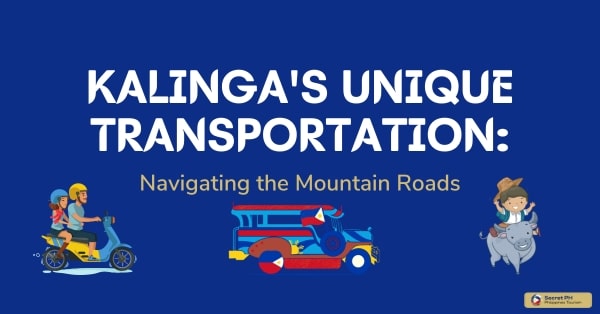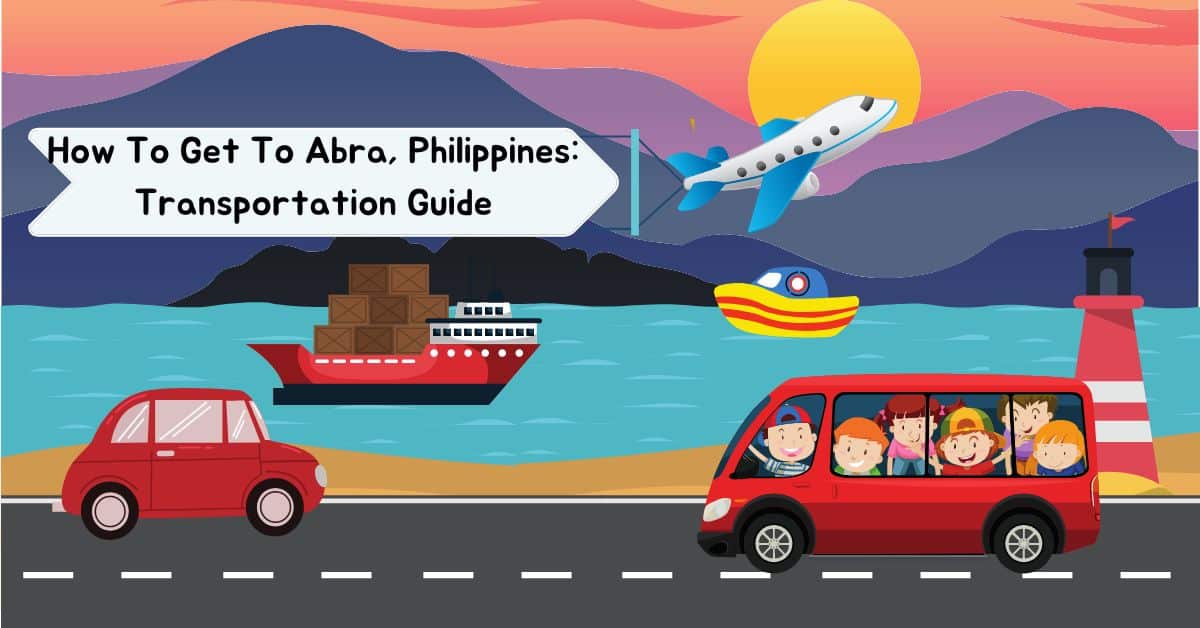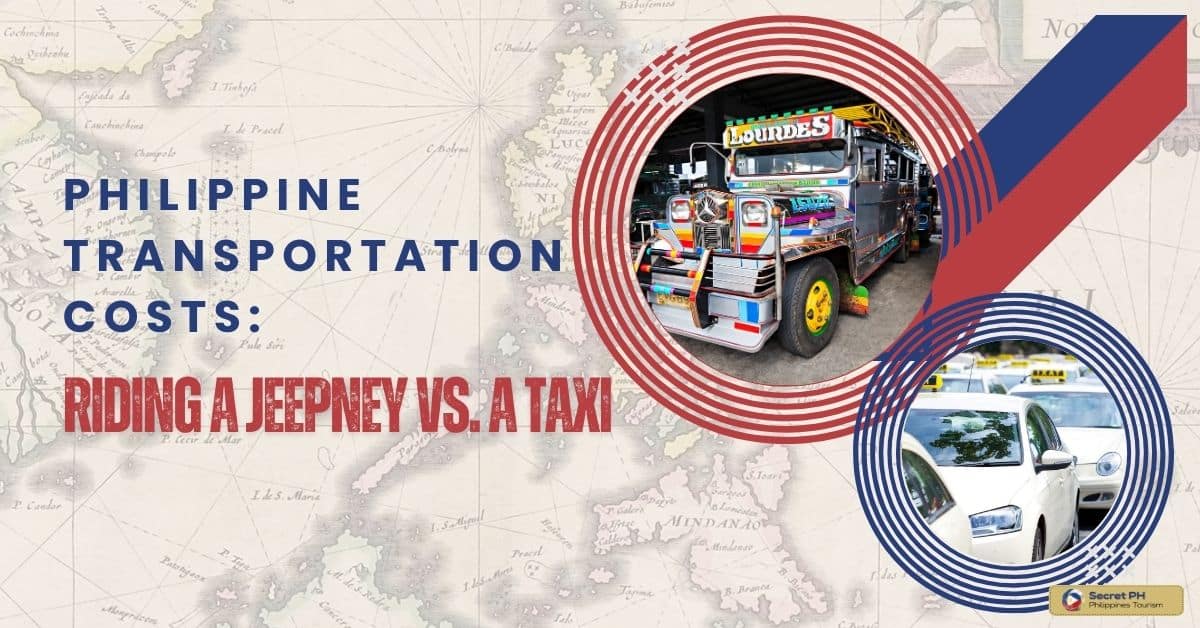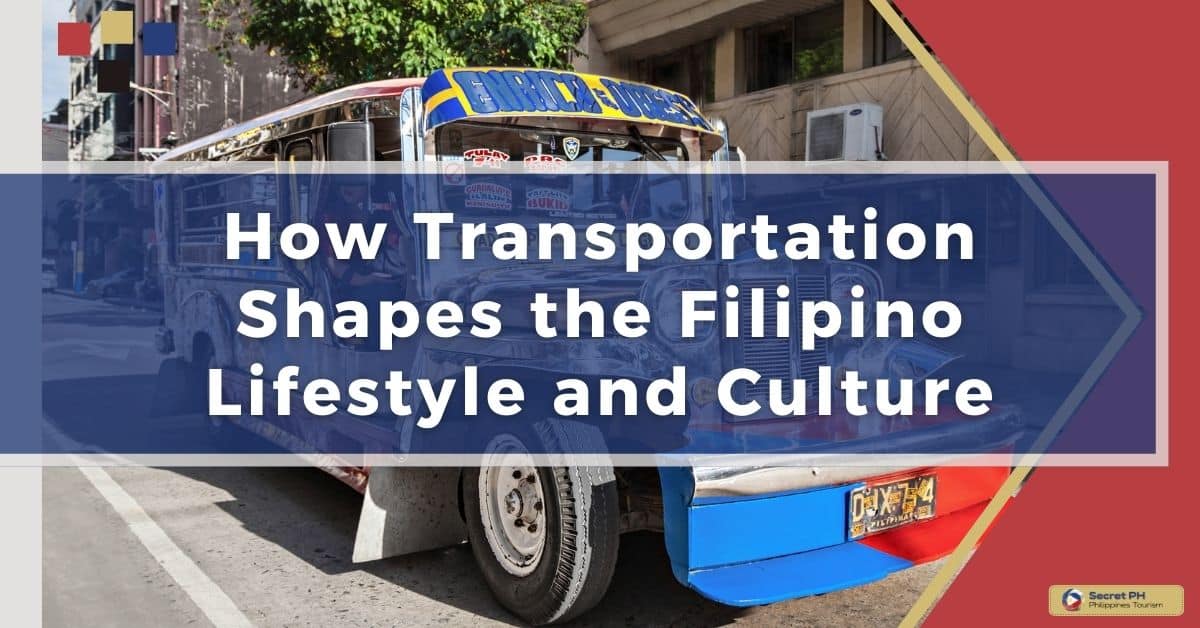The tricycle is an iconic symbol of Philippine transportation. From small towns to big cities, tricycles have been used as a dependable mode of transportation for many generations.
From its history, types, design, and features of tricycles, as well as how to ride, fares, safety tips, regulations, and policies, this guide provides a comprehensive overview of the tricycle’s role in Philippine transportation.
This article will also explore the potential future of this important mode of transport. With its long-standing tradition in Philippine society and culture, it is clear that tricycles will remain an integral part of the Filipino lifestyle for many years to come.
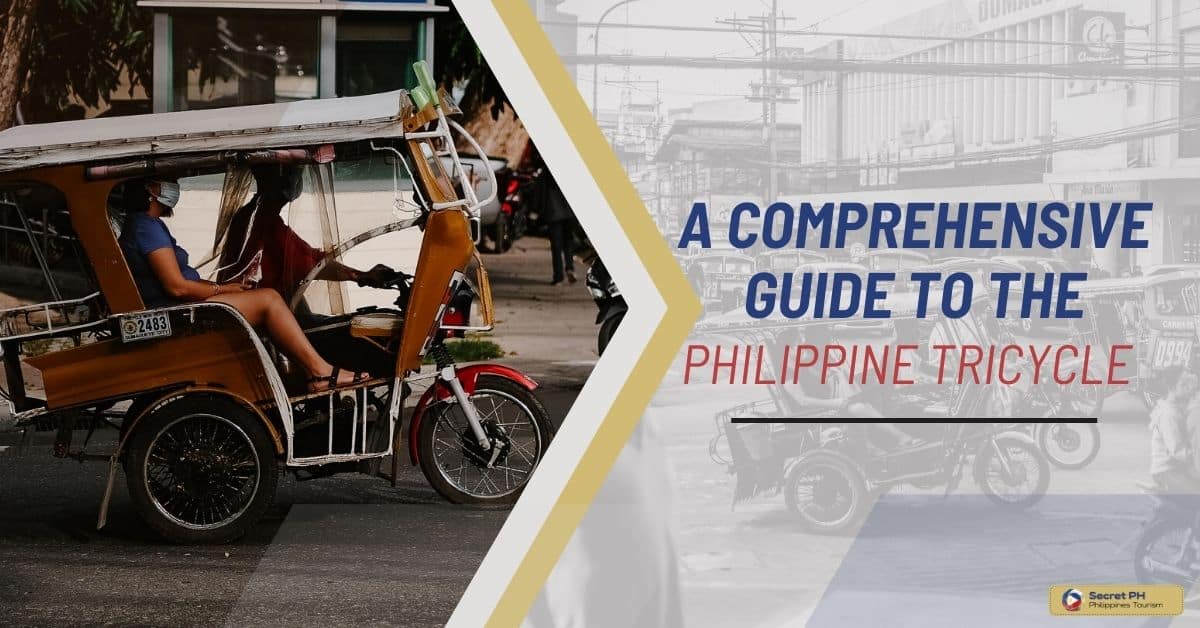
History of Tricycles in the Philippines
The Philippines is renowned as a country of tricycles – and it’s easy to understand why. Tricycles have been an integral part of Philippine culture since the late 1950s. They were first introduced alongside other new forms of transportation.
Despite many changes in technology and design, today’s Philippines tricycles are much the same as those from decades ago. Characterized by open-air sidecars, space for passengers condensed into the rear space, and various designs for engines or motors depending on their purpose. The Philippines tricycles remain distinctive and functional.
Whilst their traditional shape is still seen in the Philippines today, modern adaptations include colorfully decorated sidecars that can be personalized to express personality or extend the storage capacity. Whatever style you pick, there’s no doubt that Philippines tricycles will continue to play a significant role in Filipino history.
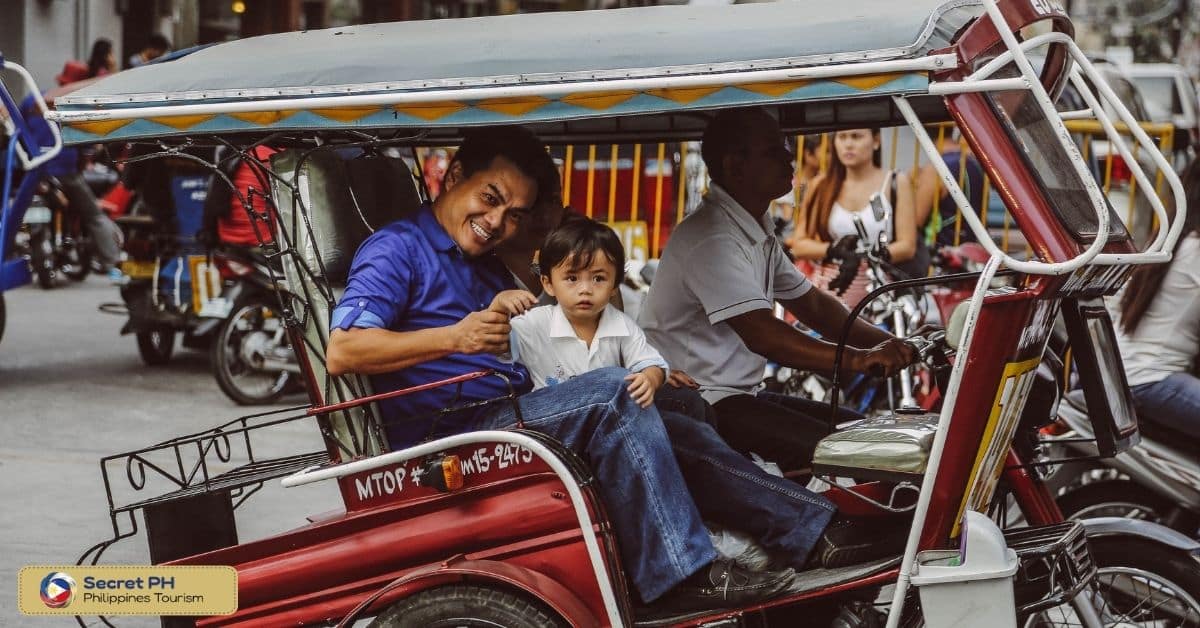
Types of Tricycles in the Philippines
There are three main types of tricycles available in the Philippines: ordinary tricycles, jeepney-style tricycles, and electric tricycles. Each type offers unique benefits depending on your needs.
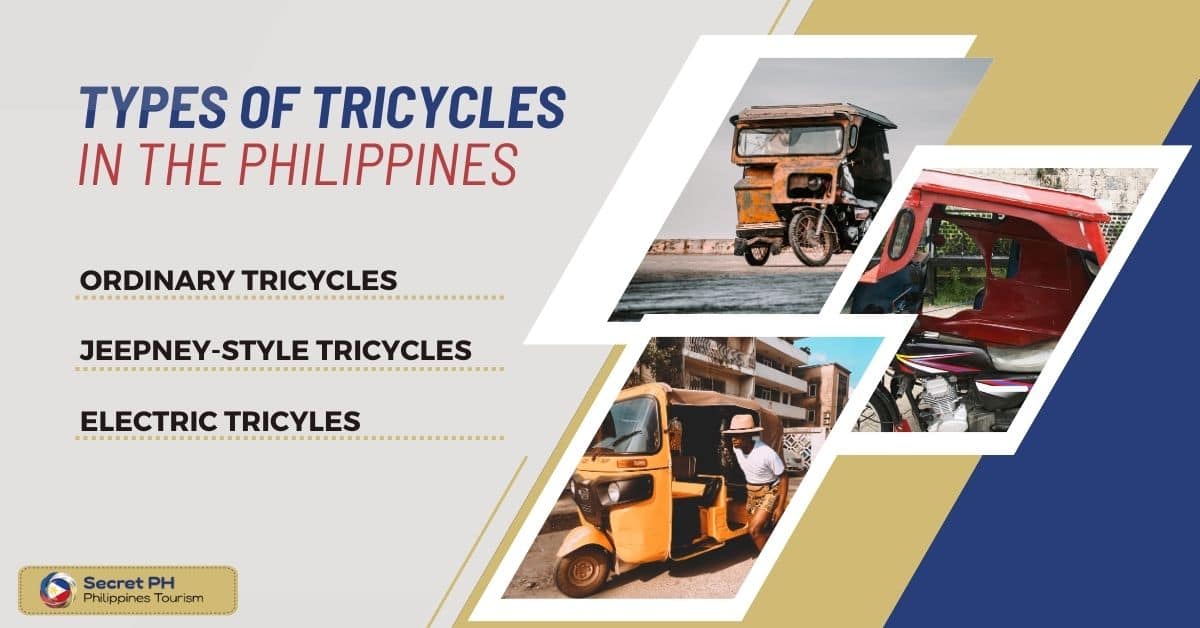
Ordinary Tricycles
Ordinary tricycles are perhaps what comes to mind when you think of a tricycle in the Philippines. This type of tricycle is small, lightweight, and easy to maneuver. It’s powered by a two-stroke gasoline engine which makes it more fuel-efficient than other types of motorized vehicles such as cars or jeepneys.
The advantage of these tricycles over other alternatives is that they can fit into tighter spaces due to their size and lighter weight. They also tend to be less expensive than jeepney-style or electric tricycles, making them attractive options for those with limited budgets.
Jeepney-Style Tricycles
Jeepney-style tricycles have become increasingly popular among Filipino commuters in recent years. Due to their increased capacity and comfort level compared to ordinary ones.
These larger models often come with side or back seats and offer protection from rain or sun thanks to their roofs and curtains. They’re typically powered by four-stroke engines which make them more powerful but also more expensive than ordinary models.
Electric Tricyles
Electric tricycles are another growing option for commuters in the Philippines. Due to their low cost, low maintenance requirements, and green credentials as an alternative fuel source compared with gasoline-powered models. These vehicles run on batteries stored beneath the seat which provide power throughout the journey.
Eliminating excessive fuel costs while also reducing noise pollution significantly compared with traditional models. Electric tricycle drivers also tend not to need licenses or permits when operating them within cities. Providing an extra layer of convenience for users who want greater flexibility during their commutes.
Design and Features of Tricycles in the Philippines
Philippines tricycles come in various designs and have individual features to consider. Depending on your specific needs, you can find one that offers comfort, convenience, and safety. Comfort is often achieved through the seating options such as a high back cushion or integrated basket that provides extra legroom.
Bike racks provide added convenience while a wicker basket gives more room for carrying items safely. Additionally, side mirrors offer improved visibility while headlights give an additional level of safety by providing illumination during night rides.
Ultimately, purchasing the right tricycle will help ensure comfortable rides without sacrificing affordability throughout the Philippines. Which makes these tricycles an ideal choice for transport across the country.
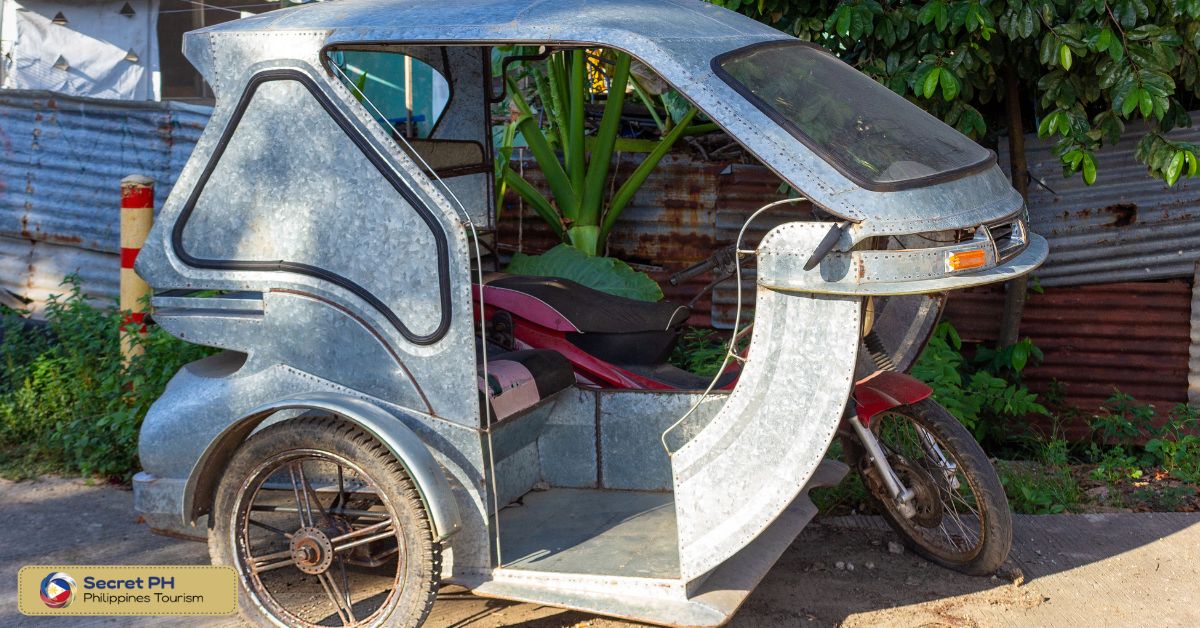
How to Ride a Tricycle in the Philippines
Riding a tricycle in the Philippines is an experience like no other. There are many ways to get around, but none can compare to the thrill of riding a tricycle! Follow these steps to make sure you have an enjoyable and safe ride.
- Choose your destination. Make sure you know exactly where you need to go and that the route is suitable for a tricycle ride.
- Find your nearest tricycle stand or hire a tricycle from one of the drivers near you. You can identify them by their distinctive yellow or orange-colored bikes with three wheels and decorated side panels or flags, usually on each side of the driver’s seat.
- Negotiate the price with the driver before getting on board. The usual rate is about PHP 8 per kilometer, but this may vary depending on how far your destination is – negotiate what works best for both of you!
- When ready, take your seat in the backseat as it provides better stability while on bumpy roads. Hold onto something sturdy when riding over bumpier terrain and always be aware of potential hazards (such as potholes).
- You may find that some drivers play music during rides – feel free to join in on singing along if it makes your journey more enjoyable!
- Enjoy your ride! Take in all the sights and sounds of Filipino culture, from beautiful nature views to bustling markets and roadside vendors selling local delicacies – it’s an experience you won’t forget easily!
- Pay your fare when you reach your destination (unless otherwise instructed). Offer a tip if you’re feeling generous – most drivers appreciate extra money!
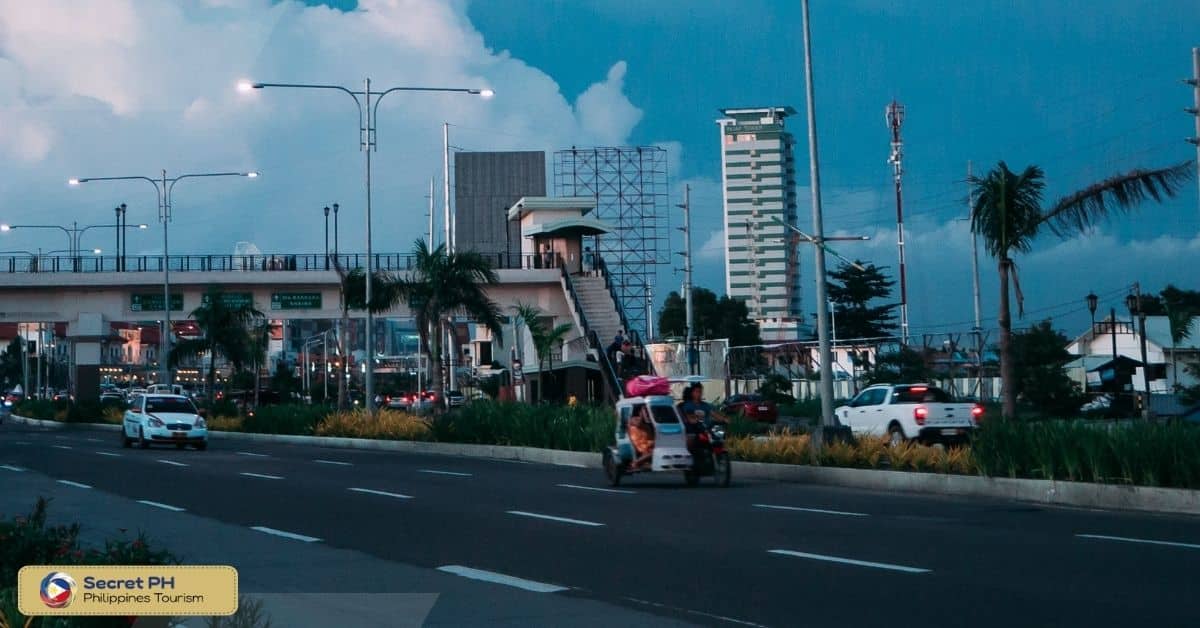
Tricycle Fares and Payment Methods in the Philippines
Tricycles make up a large percentage of the Philippines’ daily transport with fares varying from city to city. Fortunately, most tricycle drivers accept payments across various methods. It is important for you to know beforehand how much your estimated fare will cost before commencing your journey and prepare payment beforehand.
Additionally, you should always be aware of hidden costs that may arise due to additional charges for parking fees or stored luggage within or outside the cabin itself. Being informed with information regarding fares and payment methods in the Philippines is essential if you wish to use tricycles as a form of transport while there.
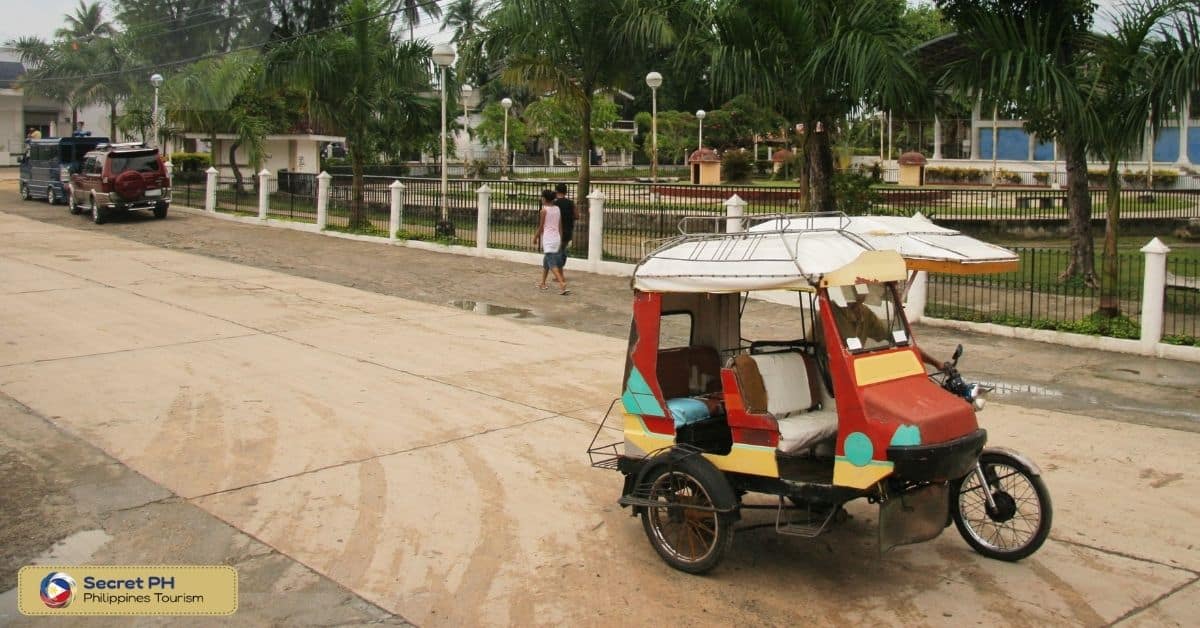
Safety Tips When Riding a Tricycle in the Philippines
When it comes to riding a tricycle in the Philippines, safety should always be your primary concern. While there are many ways to get around safely using this mode of transport, some simple tips can help ensure that you have an enjoyable and safe experience.
Here are some important things to keep in mind when riding a tricycle:
1. Make sure you know where you are going before hopping on a tricycle. It’s important to make sure that the driver knows exactly where to take you and that the route is safe for tricycle travel.
2. Ensure that the tricycle has been properly maintained and inspected by a mechanic. A well-maintained tricycle is key to a safe ride!
3. Make sure that your driver wears proper protective clothing, such as a helmet and reflective vest. It’s also important to keep an eye out for other drivers who may not be wearing the same level of protection.
4. Always make sure you can see the driver at all times. Never get into a tricycle if you cannot see the driver’s face, as this can be an indication of potential danger.
5. Be careful when crossing roads and keep an eye out for other vehicles that may be coming your way. Tricycles are small and can often be hard to spot for other motorists, so make sure you take extra caution when crossing streets.
6. Don’t distract the driver by talking or playing loud music on the tricycle. This can be dangerous for everyone involved and could lead to an accident.
7. Always pay your fare at the end of the journey, even if the driver asks you to pay in advance. Most tricycle drivers are honest and trustworthy, but there may be some exceptions.
8. Finally, it’s always important to report any suspicious activity or dangerous driving to the local authorities. This way, we can all help make sure that our roads remain a safe place for tricycle riders.
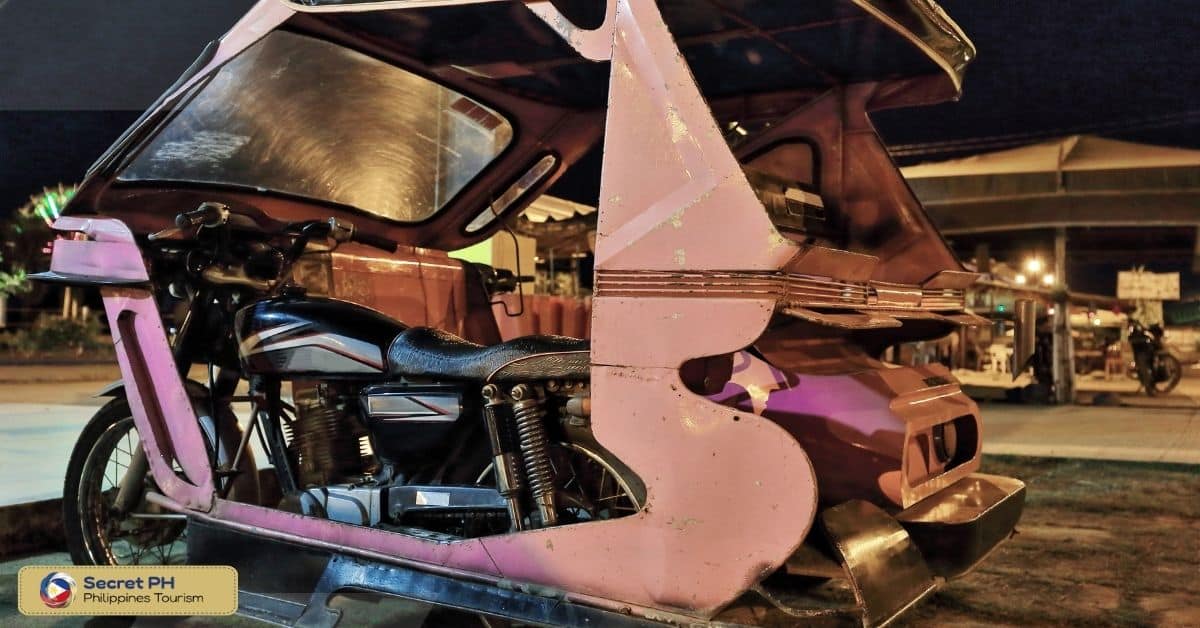
Tricycle Regulations and Policies in the Philippines
There are certain regulations and policies in place to ensure that tricycle riders remain safe during their journeys. Here, will outline some of the most important tricycle regulations and policies in the Philippines, including fare pricing, safety regulations, and more.
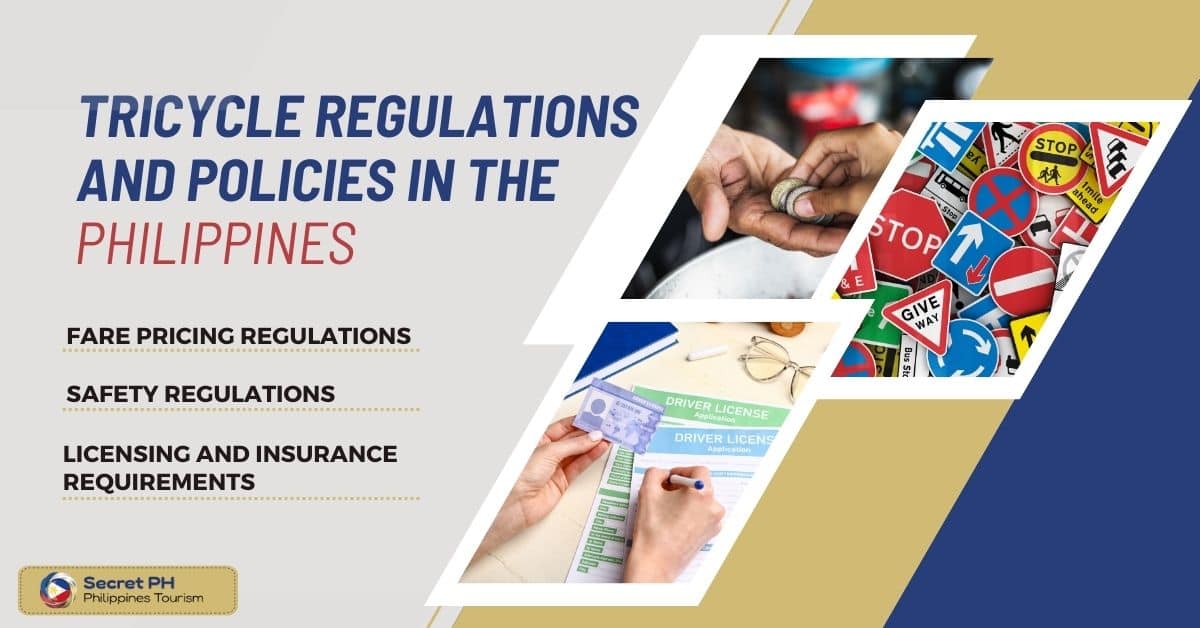
Fare Pricing Regulations
One of the most important tricycle regulations in the Philippines is the fare pricing regulation. The Philippine government sets a minimum fare rate that tricycle drivers must charge for transporting passengers from one location to another.
This rate is based on the prevailing fuel prices in the area, as well as the type and size of the tricycle being used. The fare is typically paid at the end of the journey, and it must not exceed a certain amount.
Safety Regulations
The Philippine government has also set several safety regulations to ensure that tricycles remain safe for all passengers. All drivers must wear reflective vests and helmets while operating their vehicles, and tricycles must be inspected by a qualified mechanic before being used. In addition, all tricycle drivers must adhere to traffic laws such as speed limits and signal systems.
Licensing and Insurance Requirements
In order to legally operate a tricycle in the Philippines, drivers must obtain a license from the Department of Transportation. This license is typically valid for three years, after which it must be renewed. Drivers are also required to take a safety course before receiving their license.
To further ensure passenger safety, all tricycle drivers must carry proper insurance coverage. This coverage should include liability protection in the event of an accident or other incident that results in harm to passengers or property.
The Future of Tricycles in the Philippines
As a mode of public transportation, tricycles have been an integral part of the Philippines since 1987. Despite impressive advancements in modern transport and transportation, these low-cost passenger vehicles remain an important component of everyday life in the Philippines. With their versatility, reliable service, and easy accessibility, tricycles are still relied upon by thousands to get around safely and efficiently.
In recent years, however, research has uncovered the need for protecting tricycle operators and riders against accidents caused by outdated machinery or bad maintenance practices. Moreover, there is potential to use technology to further improve safety and optimize state regulations such as training requirements for drivers.
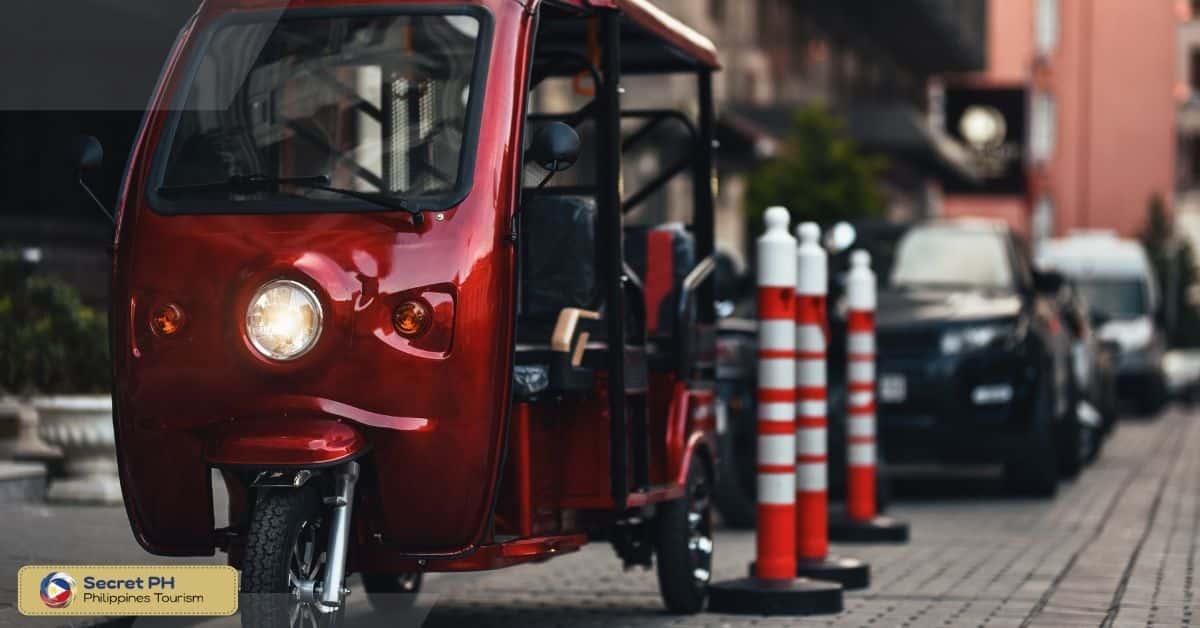
In conclusion
Tricycles remain an important and often irreplaceable form of transportation in the Philippines. With their versatility and affordability, they are well-loved by commuters across the country.
It’s important to remember that safety is paramount when it comes to riding a tricycle and that both drivers and passengers should adhere to regulations established by the Philippine government. By following these regulations, we can ensure that these vehicles will remain a key part of the Filipino transportation system for years to come.

